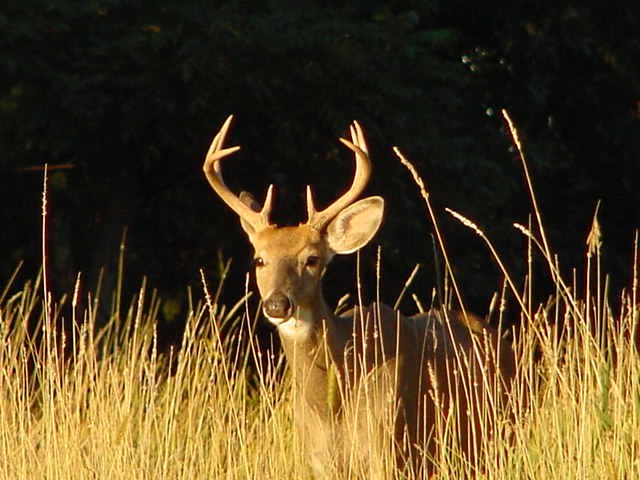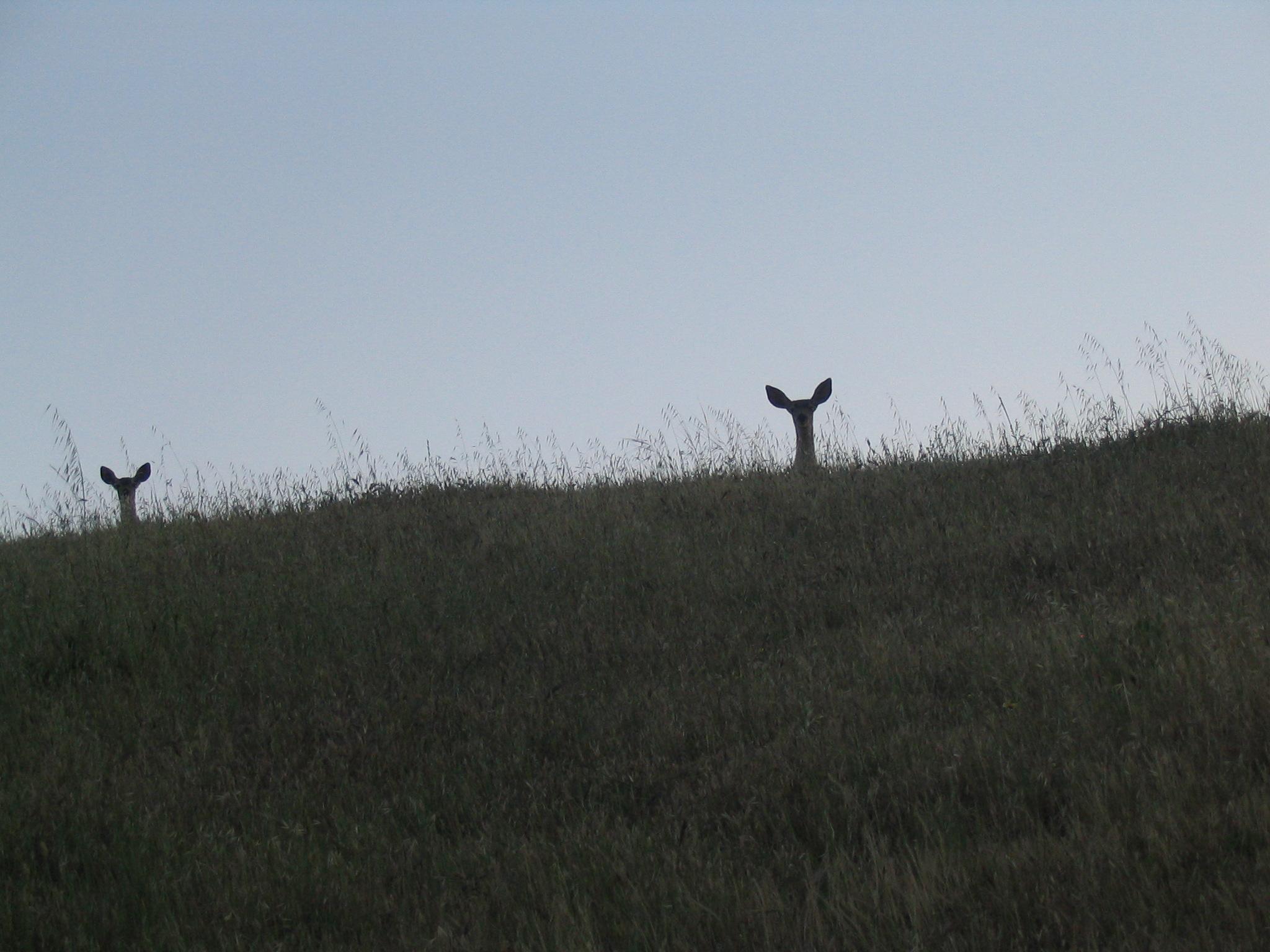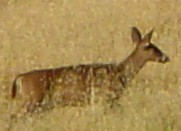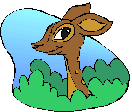|
Deer |
||||||||||||||||||||||||
|
Deer have good night vision, which is one of the reasons they become active during the evening and night. Their nocturnal vision is due to the fact that they have more light-detecting cells in their eyes than humans. Although they have better night vision than humans, its not perfect. On a very dark night, a deer spends more time looking for food than eating it. They will forage better with a full moon. Therefore, a deer with full stomach will be the least active on a day following a clear night. No longer hungry, they are happy to stay near their bedding area until dusk. As the sun goes down, the deer will recommence foraging. Deer are also flexible, and although it is likely to see them at this time, there are several things that will change the above behavior. For example, during mating season, they may be more active during the day. Another reason deer may alter their travel is that they are sensitive to weather conditions. If it rains or is very windy, deer may change their paths. Dripping rain from vegetation frightens them. However, if they have taken shelter from a storm, and haven't been able to eat for awhile, they become more avid in seeking out food. Deer also dislike the wind because the noise might prevent them from hearing a predator. Have you ever been out walking and seen that the deer sees you before you see the deer? They are very sensitive to being on the alert for danger and will move away from very windy places. The wind also concerns them because it can break tree limbs or cause trees to fall. The mating season, which lasts approximately a month, is interestingly called “the rut.” All deer perk up during this time and the bucks are especially excited. At a time when the male deer would normally rest (mid-day), he can be found chasing a doe. “The rut clouds a buck's judgment as they are often seen doing things they wouldn't normally do.” Hmm. Now where have I heard that before. The position of the moon also affects the deer's path. Deer are most active when the mood is directly overhead.
Mule Deer The most common species of deer you will find hiking around Poly Land is the Mule Deer. Mule Deer are named for their large, mule-like ears that keep them alert for signs of danger. Like all deer, they have slender legs. Most are brown or gray in color, with white spots characterizing the young, and in a few species, the adults. Mule Deer have white tails that are tipped with black. A sub-species of the Mule deer is the Black-tailed Deer named for (surprise, surprise) their brownish/black tails. Like all deer, Mule Deer are very timid. We frequently saw them on our night hikes around horse canyon. They would let us get as close as about fifty feet and then they would run off… Black-tailed deer The black-tailed deer (Odocoileus hemionus) are a subspecies of Mule deer. They are also a little bit smaller than the Mule Deer. The Mule deer predominantly resides in the Rocky Mountains : the Black Tail is found in Northern California.
Text References http://www.whitetails.com/when.html
A Deer's Question The deer can be seen nearly every night crossing Kestel Crest. This poem was inspired by a close encounter with one. (Photography by Mollie Small) Written By Mollie Small What is in the hesitation when you look at me?
Picture References Including photography by Mollie Small and Bryan Nay
Audio/Visual References All original audio and video taken by Bryan Nay while on Cal Poly land
Home • Wildlife • Domesticated Animals • Plants • Poetry and Stories • About Us • Site Map |
||||||||||||||||||||||||











